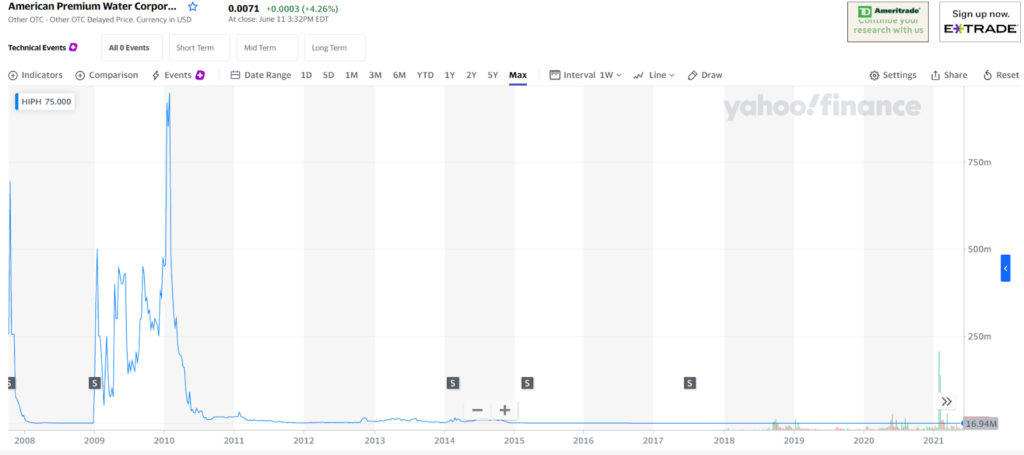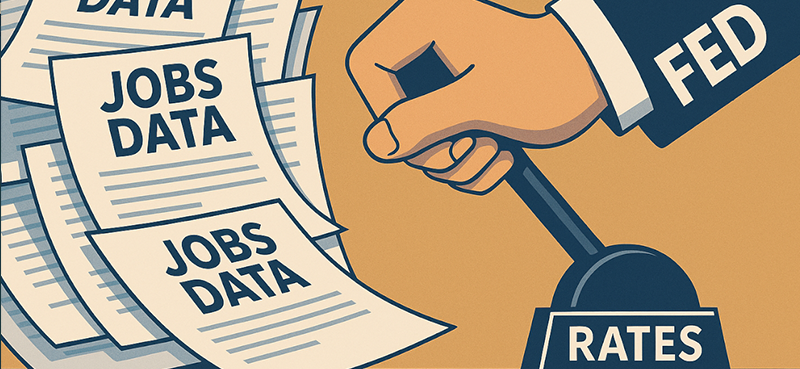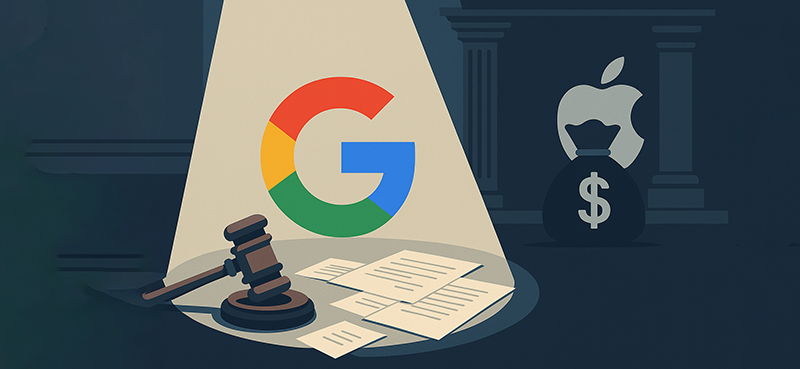This weekend, I spoke at the MoneyShow in Orlando. It’s one of those finance conferences filled with dozens of presenters talking about stocks, options, commodities, bonds… you name it.
I was one of many presenters. All of us were teaching regular folks how to make money with stocks.
My speech went great. Afterwards, tons of people came up to chat—seeing some gnarly Big Money stocks will make people curious! I was feeling great…
But as I went to leave the crowded room, a man in a fine suit approached me. He had a stack of pamphlets and a twinkle in his eye. Our conversation went like this… I’ll paraphrase:
Man in suit: Hey man! Are you going to the XYZ presentation?
Me: What’s it about?
Man in suit: We’ve got a wonderful opportunity for XYZ stock! And the best part is it used to be $59 a share. Now it’s trading at $0.09 a share! We see tremendous value! Come grab a seat!
Me: No thanks… I don’t do $0.09 stocks.
I couldn’t run away fast enough. I don’t invest in anything in a long-term downtrend… especially penny stocks.
Today, I’ll explain why you should stay away from stocks that go “down and to the right.”
Don’t buy stocks like these
I get mad whenever I see people pumping stocks that go straight down. It reminds me of one of my first trades. I’ll never forget it.
Early in my investing career, I did what many people do: I bought a stock that was supposed to “change the world.” It was a little-known company called eCost.com. The message boards were full of high hopes, with folks saying the company was going to take over eBay.
I started buying the stock around $16 a share. As the price started slipping, I thought I was getting a better deal. I kept buying more as it went lower. It went down nearly 99% before I finally threw in the towel, taking a $5,000 loss.
Ouch!
This lesson transformed me. After that, whenever I saw a nasty down-trending chart… I knew to stay away.
Here’s another example: American Premium Water Corp. (HIPH) was first introduced to me back in my trading days at Jefferies. Some boiler room was pumping it hard.
The pitchmen showed me pictures of celebrities drinking the water. Meanwhile, the company’s chart formed what I call the “elevator to hell.”
Have a look:

Click to enlarge
I knew it was a scam then. The eCost.com experience taught me to run away from charts like this.
Since I left Wall Street, the stock has fallen well over 90% (I’d bet the number is closer to 99%).
The lesson is worth repeating: Stocks with nasty down-trending charts tend to keep heading lower.
Instead, buy stocks like these…
What goes up…
Here’s a little secret… Most stocks won’t make you rich.
Historical data shows only a small handful of stocks are responsible for all of the market’s gains (above treasury bills).
Nearly a year ago, I wrote about a fantastic study. In short, the research found 100% of the stock market’s long-term gains come from just 4% of stocks. These few “outlier stocks” have gone up 1,000%-plus over many years… while the rest of the market hasn’t done much.
Wealth is created by buying and holding these outlier stocks. Everything else is a waste of time, as far as I’m concerned.
If you’ve read my commentary before, you know how I find these outlier stocks. I look for the Big Money.
Big Money is the buying pressure that lifts outlier stocks higher over the long term. It comes from the institutional investors that buy these great companies week after week… year after year.
In my article from last year, I showcased one of my favorite stocks: NVIDIA (NVDA).
Unsurprisingly, it’s up more than 100% since I wrote about it. More importantly, you can see how the stock continues to see relentless Big Money buying…

In the chart above, each of the green bars represents a day when Big Money investors were buying NVIDIA. These are the buy signals that tell us a stock is likely to keep heading higher.
I call this setup the “stairway to heaven”… it’s the opposite of the “elevator to hell” I mentioned earlier.
It’s a simple idea… but it’s critical to understand if you want to generate big, long-term gains.
Stocks that are going up tend to keep going up. And ones that go down tend to keep going down. Penny stocks are trading for pennies for a reason… They’ve gone down a lot.
Make sure to stay away from stocks that are stuck in a downtrend… especially if they’re getting pitched by some guys in fancy white suits.
Editor’s note:
With near-weekly recommendations from Frank’s huge Rolodex of Wall Street insiders, The Dollar Stock Club portfolio spans across sectors—from crypto… to consumer goods… to ESG stocks.
And members are seeing gains like 115%… nearly 220%… and over 550%—all within the last year.
At only $4 per month, you won’t find a service like this anywhere else.




















